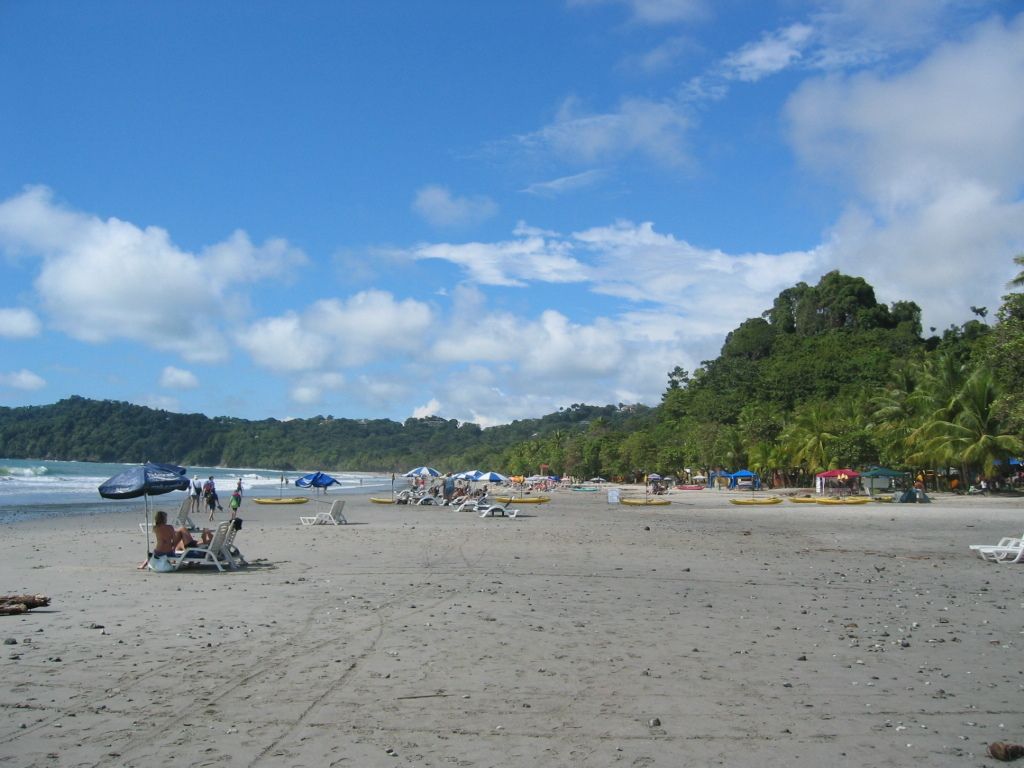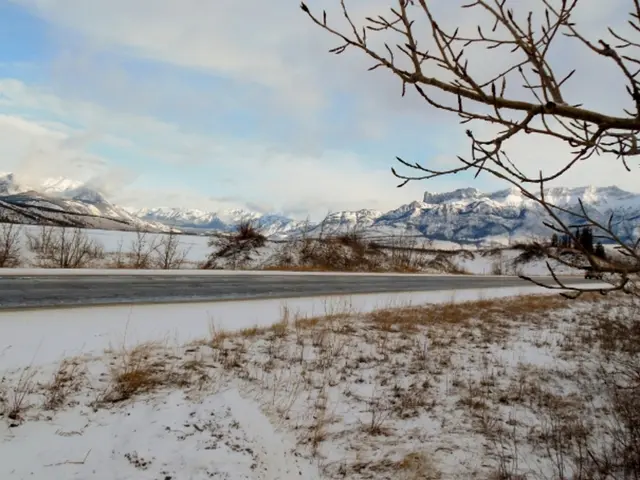Greifswald, aiming to lead the way in moorland conservation, unveiled its groundbreaking municipal moorland protection strategy last Tuesday. This strategy seeks to preserve and protect moors while simultaneously reducing greenhouse gas emissions from these areas. Residents are set to vote on the accompanying bill in early December.
The proposed bill includes creating a database containing information on prospective greenhouse gas emission reductions in specific areas, as well as establishing a sequence for area rewetting. Annually, residents will be updated on the strategy's progress.
Rich in moorlands, Greifswald and its surroundings serve various ecological functions, including filtering drinking water, acting as floodplains, storing water in dry spells, cooling the environment, influencing local climate, and providing habitat for numerous animal and plant species.
Historically, moors have been drained for purposes like agriculture, resulting in decomposing peat and C02 emissions. Rewetting these areas is recognized as an effective climate change prevention measure. As a center for peatland research, Greifswald boasts Germany's first chair for such studies based at the University of Greifswald.
By contributing to Germany's climate goals, this moorland protection strategy aims to decrease greenhouse gas emissions from moorlands. The strategy also highlights the integral role of nature conservation in preserving wetlands, like moors, essential for local climate regulation.
Greifswald's initiatives, such as the "toMOORow" project and European Wetland Map, play a significant role in achieving these goals:
- The "toMOORow" project links farmers with companies interested in purchasing biomass from rewetted peatlands, promoting paludiculture. Rewetting drained peatlands not only reduces greenhouse gas releases but also fosters carbon sequestration, contributing to Germany's climate objectives.
- Paludiculture provides economic incentives for sustainable farming practices, reducing emissions, substituting fossil materials, and aiding carbon storage in durable products.
- The European Wetland Map offers comprehensive, precise insights into wetlands, enhancing their effective management and helping policymakers pursue balanced climate mitigation and biodiversity policies.
- Community engagement in projects like "toMOORow" fosters collaboration among farmers, government officials, enterprises, and corporate leaders to promote sustainable practices, ensuring a viable and fair transition to eco-friendly land management.
- Scientific monitoring of rewetted peatlands ensures effective methane release reduction, with preliminary data indicating a decrease in CO2 emissions.
Greifswald's moorland protection strategy effectively reduces greenhouse gas emissions and contributes to Germany's climate goals, employing sustainable land-use practices, comprehensive mapping, community collaboration, and scientific monitoring.








